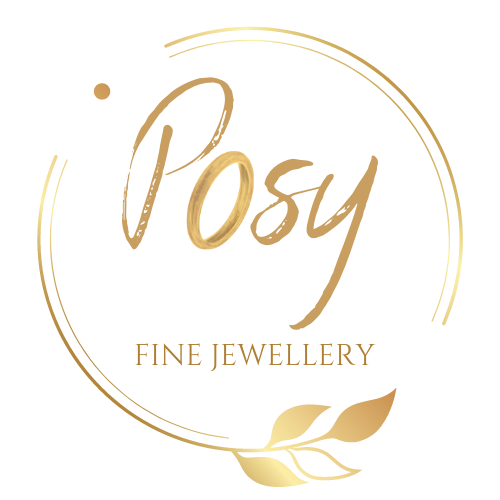Metal Info
What’s the difference between metals?
First, let’s explain karat. Karat is the unit used to measure the purity of gold. Pure gold is 24kt, or 100% gold. 18kt contains 75% gold (18/24=.75) and 14kt contains 58.5% gold. The reason alloys get added to gold is to make it stronger. 24kt is very soft and malleable, making it not very ideal for every day wear. Thus, many jewellers opt to work in 14kt and 18kt.
14kt white gold: 14kt white gold contains 58.5% pure gold and 41.5% alloys. 14kt’s natural color used to be off white, so it would get rhodium plated to get a bright white color. I DO NOT rhodium plate my white gold jewellery. I work with a casting house that specializes in a whiter white gold. Rhodium plating wears off quickly and your piece doesn’t look as nice when it does. I do not want this for my pieces or my clients. 14kt white gold is a very strong and durable metal and is the most cost effective option for someone who wants white toned jewelry.
14kt rose gold: 14kt rose gold is also referred to as pink gold or red gold. It is rosy in color and can vary from jeweler to jeweler. Some can be more orange and some can be more pink. Rose gold is alloyed with copper to get the rosy color. 14kt rose gold is a great metal for every day wear.
14kt yellow gold: 14kt yellow gold is pale yellow or golden in color. 14kt yellow gold is a great metal for every day wear.
18kt White Gold: 18kt white gold contains 75% gold and 25% alloy. Because 18kt has more gold, it is going to be slightly softer than 14kt.
18kt Rose Gold: 18kt rose gold has a very rich color. It is not necessarily more pink since it actually has more gold in it, not more copper. It is best described as a brownish red.
18kt Yellow Gold: 18kt yellow gold is a very beautiful color as it is very rich and more yellow than 14kt yellow gold. We recommend 18kt yellow gold if you are going for a more saturated color for your piece.
Platinum: Platinum is a very dense metal, making it almost twice as heavy as gold. Because it is so much heavier, it is more expensive. It is hypoallergenic, so if you are usually allergic to metals, platinum is your best route. Unlike white gold, it does not have metal memory. When a setter sets a diamond, the prongs stay put, where white gold may have the tendency to loosen around the stone. Another benefit of its malleability, platinum will more likely stay together as one piece in the unlikely event of being damaged. On the other hand, white gold’s hardness makes it more brittle and at risk of breaking.
Sterling Silver: Sterling silver is a very common metal and very affordable. Sterling silver is the only metal in this list that tarnishes, or changes color. You can slow the process of tarnishing by keeping your silver jewelry dry, not showering or swimming in it or letting any chemicals (hair spray, sunscreen, etc.) come in contact with it. Tarnish only occurs on the surface, so you can have your sterling silver jewelry re-polished to make it bright white and shiny again.
Because silver is soft, we do not use it to make any jewelry that holds gemstones or diamonds. We also do not recommend it for any delicate or thin bands as it can bend too easily. Sterling is a great metal for wide bands and for those who are not used to wearing jewelry and are afraid they may lose their ring.
Which metal is best?
The best metal varies on a case by case basis. The most cost effective are the 14kt golds. If you are ordering a band and do not trust yourself with an expensive ring, start with sterling silver. If you are allergic to most metals, go with platinum.
What can I do with my old jewellery?
If you have old jewellery lying around that you aren’t wearing, let’s use it to make a custom piece! We can re purpose all of your precious gemstones and diamonds. We cannot use all gold or metal in the actual custom piece, but we can offer credit for it and that will count toward your new piece.
Why is my silver jewelry changing colors?
This is very common for silver jewelry and it is called tarnishing. The good news is that tarnish only occurs on the surface and can be polished away. If you want your white metal jewelry to not tarnish, opt for white gold or platinum- neither of these metals will tarnish.




